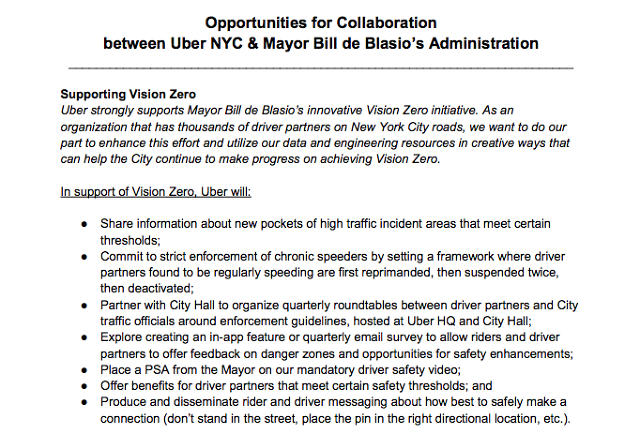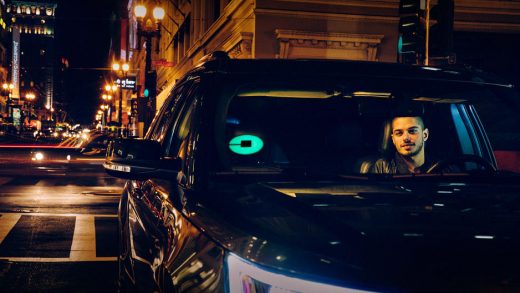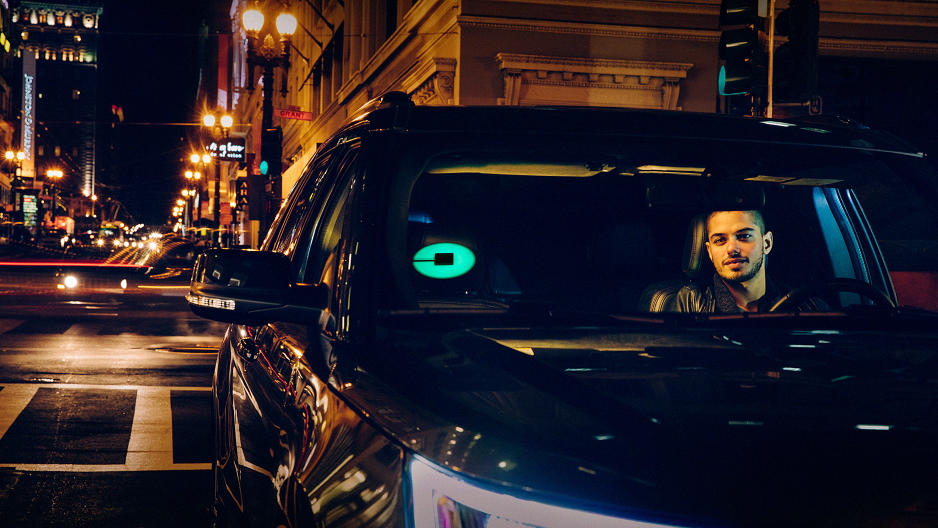What Happened When Uber Tried To Help NYC With Its Biggest Safety Initiative
In early 2015, about a year after Bill de Blasio was sworn in as the 109th mayor of New York City, Uber approached his office with an offer to help the new administration with some of its key policy goals. The detailed proposal included a lengthy list of resources that Uber was willing to provide, including in-house talent for tech support, a direct supply of vehicles to improve service near ferry landings, and—most notably—a seven-point plan that would allow the city to use Uber’s vast data and engineering assets to further its “Vision Zero” initiative, a signature policy of the de Blasio administration aimed at reducing traffic fatalities.
“The Uber folks here are dying to find some ways to help support the Mayor’s agenda and have a lot of resources to do meaningful stuff,” Matt Wing, Uber’s top communications official for the Northeast region, said in an email to the city’s director of intergovernmental affairs in February 2015.
But the city never seems to have taken Uber up on the proposal. According to another email, Uber executives did meet with City Hall in March of that year, but they never heard back about the offer to help with Vision Zero. Uber’s proposal and subsequent emails, obtained by Fast Company through a records request, underscore how eager Uber was to get on the good side of the de Blasio administration early in the mayor’s term, which if nothing else is a contrast to the company’s image as a regulation-flouting Silicon Valley outsider with an open contempt for the cities in which it operates. Broadly speaking, the proposal could also be seen as an early precursor to the Uber Movement data initiative the company announced this week.

Almost two years later, Uber’s offer to help de Blasio further his most high-profile safety initiative puts an ironic twist on a new battle with New York City regulators. Uber and the city are currently sparring over a proposed rule by the Taxi & Limousine Commission that would force ride-hailing companies to share data on trip drop-off locations. Uber already shares data on pickup locations for every ride, and it argues that sharing additional data on drop-offs would put the privacy of its customers at risk.
The drop-off information would of course be anonymized, but as the argument goes, it’s pretty easy to de-anonymize anyone if you have enough data points. “This will enable them to piece together the full details of every trip New Yorkers take,” an Uber spokesman told me by email.
Uber is not alone in its concern. Some privacy advocates have raised objections to the collection of drop-off data, and in fact, they’ve been worried about this very thing for years. In 2014, after the TLC said it wanted to start collecting pickup data, the Center for Democracy and Technology wrote a letter to the commission warning of the slippery slope that now seems to be happening. “[S]hould the TLC expand these requirements—for example, by requiring the drop-off location to also be transmitted—much more detailed profiles of individual passengers could be created, implicating their privacy interests,” the letter read.
So why does the city want this data now? Austin Finan, a spokesman for the mayor’s office, called the data a “basic ask” of New York’s for-hire vehicle industry, one he says “does not compromise customer privacy in any way.” Now for the twist: He also said the data will help the city with Vision Zero—ostensibly by allowing officials to make sure Uber drivers don’t wear themselves out by driving too much. “Fatigued drivers put themselves and other road users at risk, and these rules are vital in furthering the city’s Vision Zero goals,” Finan says.

But if the city was so interested in using Uber data to further Vision Zero, why did it not take Uber up on its proposal two years ago? Granted, that proposal was not some noble act of altruism. Uber was doing what companies do, namely protecting its business interests by trying to ingratiate itself into a government it has to work with. It’s also important to point out that Uber did not, as part of that proposal, offer to share drop-off data. But the proposal still had some good ideas, including a strategy to combat reckless driving by deactivating drivers who chronically speed and an offer to share data about areas with high traffic incidents. The company even offered to include a PSA from de Blasio himself in its mandatory driver safety video.
I asked Finan whatever happened with Uber’s proposal but didn’t get a response. Emails between Uber and City Hall indicate that de Blasio was at least open to entertaining the company’s Vision Zero ideas, but Uber executives ultimately grew frustrated by what seemed to be a lack of interest on the city’s part to engage in meaningful discussions, according to one person briefed on Uber’s dealings with the city.
This makes the city’s argument—that the extra data collection is strictly about safety—feel a bit hollow, especially because Uber says it is willing to provide data on trip duration, which would allow the city to estimate trip times without drop-off information. It’s also worth noting that de Blasio, who is running for reelection this year, will need to cast Vision Zero as a resounding success.
So far, the city isn’t backing down. Allan Fromberg, the TLC’s deputy commissioner for public affairs, insists the drop-off data will serve as an integral part of ensuring everyone’s safety. “Drop-off locations can help us audit whether the trip durations self-reported by bases are valid,” he says. “At the most basic level, we can do this by taking the reported pickup time and location and the reported drop-off time and location and seeing whether the destination, based on distance, route, and general traffic speed could have feasibly been reached within the time indicated by the drop-off.”
After a hearing last week on the proposed rule, the TLC said it will reconvene on Feb. 5. In the meantime, Uber may have thrown a wrench in the works with the aforementioned Uber Movement initiative, announced Sunday, which will let city planners access coveted Uber trip data to study traffic patterns. The initiative is being called an “olive branch” in some press reports, a way for Uber to show it has made good-faith efforts to use its data to help cities. Crucially, researchers with access to Uber Movement will be able to study average travel times across distances within cities.
Maybe the timing is a coincidence. Then again, when you have enough data, is anything a coincidence?
Fast Company , Read Full Story
(36)



